I suppose, while I would never have described myself as an avid photographer, I’ve always enjoyed using a camera and taking pictures. From a number of 110 and 126 Kodak Instamatic things in the 80s to the Fujifilm point and shoot (DL-95 Super, I think) that I used from the mid-90’s, I’ve often enjoyed documenting life through the photographic medium.
In the early 2000’s with the (almost) simultaneous advent of a young family and cheapish digital point and shoot cameras, my wife and I ditched film and shot digital on a succession of Fuji Finepix. While a real triumph for convenience, sadly it also seemed to mark the departure from actual printed photographs, to a hard drive full of thousands of images which still rarely, if ever, get looked at.
Since about 2010 the smartphones we’ve both owned have had cameras of a quality sufficient to relegate even the digital Fujis to the back of a drawer somewhere, and thus became the only cameras we used.
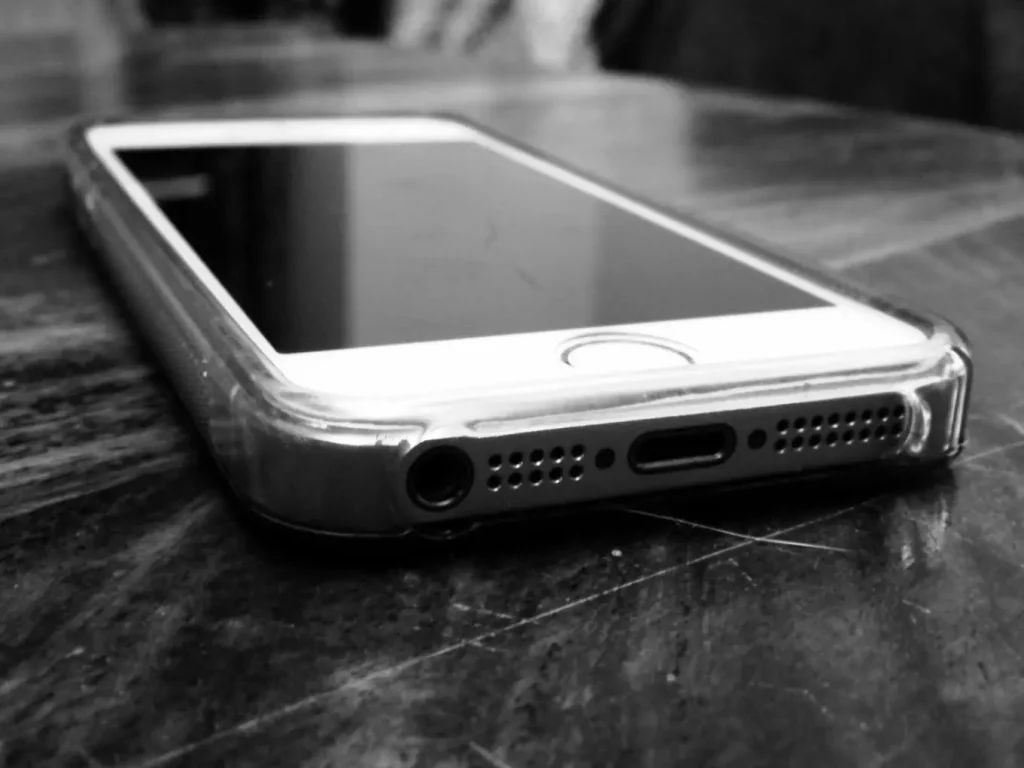
But for years now, I’ve wanted a proper camera again. Smartphones are fine, very capable and we have some lovely pictures shot using them. To have that photographic power in your pocket more-or-less constantly is little short of a modern miracle. However, I’m an engineer and like tools which are designed with a purpose in mind and rather than to be the jack-of-all-trades that my iPhone undoubtedly is.
So last February, having been given some money for my birthday, I treated myself to a new camera for the first time in over ten years. My Dad’s always been a keen photographer and currently shoots a large and complex Nikon DSLR. It’s an amazing piece of equipment and he’s shot some great wildlife pictures using it. However, I knew that firstly, I wanted something small enough to fit comfortably in a pocket and secondly, (being more than a little like Toad of Toad Hall when it comes to hobbies) cheap enough not to matter if it all turned out to be just another fad. And so I bought my little Nikon Coolpix A300.
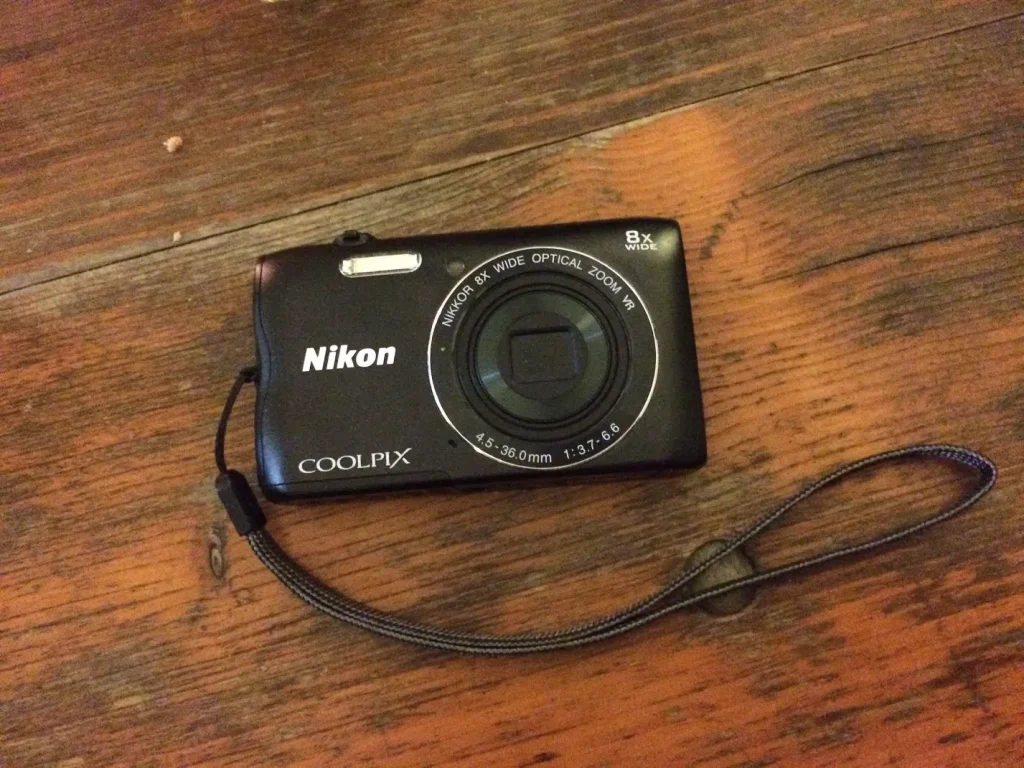
From the point of view of on-paper technical specs, it’s a pretty low-end camera. But I don’t really care about that. It is small enough to travel (almost literally) everywhere with me and takes really good pictures. It’s not fully manual, but by knowing the menus and settings, there’s a fair degree of creative control. Most importantly though, it has got me back into the mindset and practice of taking pictures for the sake of taking pictures. Lots of them. About 2,000 since early February.
Being of the internet generation, and having a growing library of nice digital images, I started to share them online. Initially, Instagram began to fuel a bit of camera envy and I started to lust after a decent DSLR – you know, a “proper” camera. Surely that would make my pictures better, right? But those things are just they so damned expensive!
Rediscovering film
However, Instagram also led me in another interesting and altogether unexpected direction. You see, it turns out that quite a lot of people still like taking pictures with 35mm film cameras. SLRs for sure, but also the point-and-shoot sort that I shelved so long ago in favour of digital.
I must have had a latent desire to shoot film again because a few follows later on Instagram and I was hooked! Then not long after that, my wife, ever the avid charity-shopper, came home with a present. A Pentax PC35-AF-M (top) in very good condition so I bought some Fuji film double-quick on Amazon and got snapping away. Googling the Pentax camera led me to this website and the wealth of information and inspiration contained herein. Thanks, Hamish!
Perhaps even more so than when I first bought my digital camera, making pictures with an analogue point-and-shoot has been a revelation. It is teaching me the art of being intentional about taking pictures. Not just snapping away because the convenience of a multi-function device in my pocket lets me do that. But more the act of going out specifically to take pictures.
Having the limitation of a couple of dozen exposures really focuses the mind on whether or not you actually want the image you’re about to make. Knowing that you’ll have to pay to have it developed only adds to this. So trying to decide whether or not it’s going to look any good before you press the shutter release is absolutely key. It is so much more involved than digital photography which I why I’m growing to love it more.
Growing the collection
The Pentax was OK for a start, but being technically minded, I wanted a camera that gave me more manual control over the process of making the picture. Being a typical bloke, I also just wanted a load more equipment to fuel my burgeoning hobby. And so the Pentax has gone by the wayside. It was OK, but made weird noises when taking a picture and, in my view, cameras should definitely make a “click”. An Olympus Trip MD-3 has also come and gone as it just felt cheap and tacky. I’m afraid that the whole “Cheap Old Plastic Camera/Lomography” thing just leaves me a bit cold.
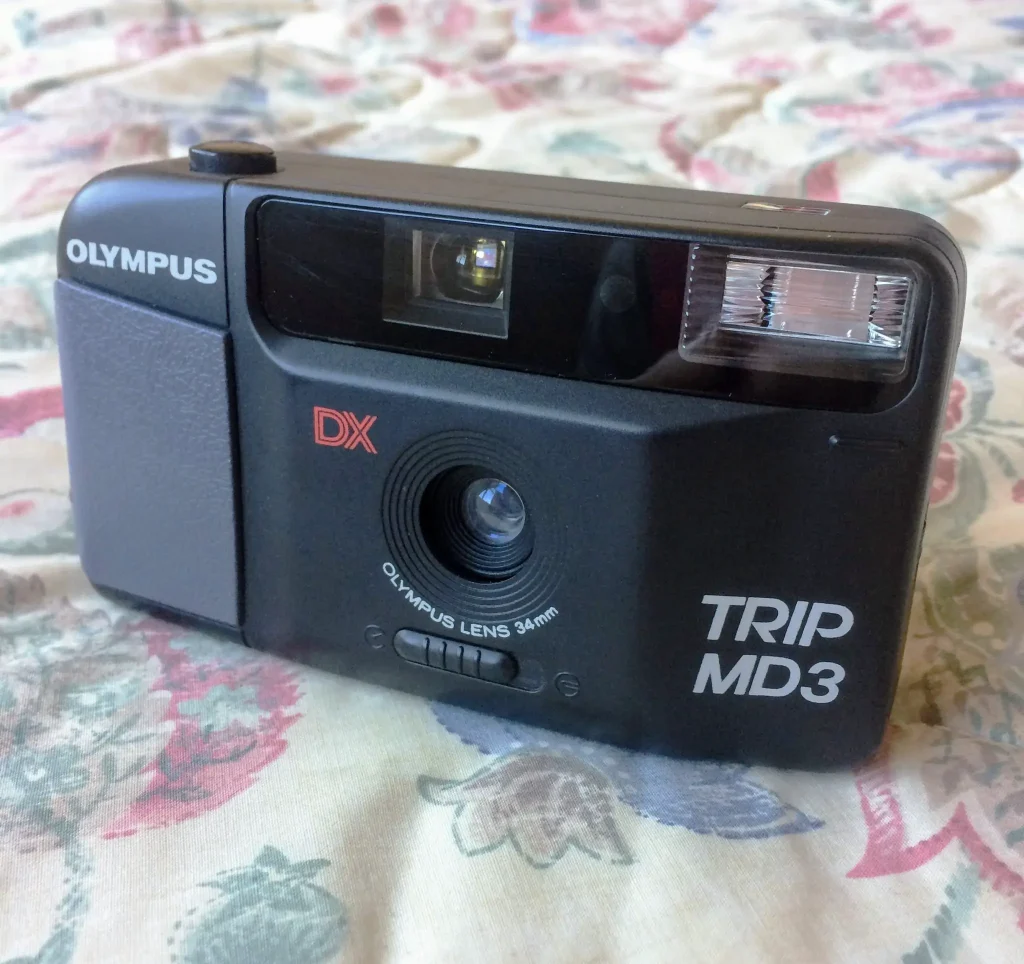
So now, through a combination of eBay, charity shop and car boot bargains, my current arsenal is as follows:
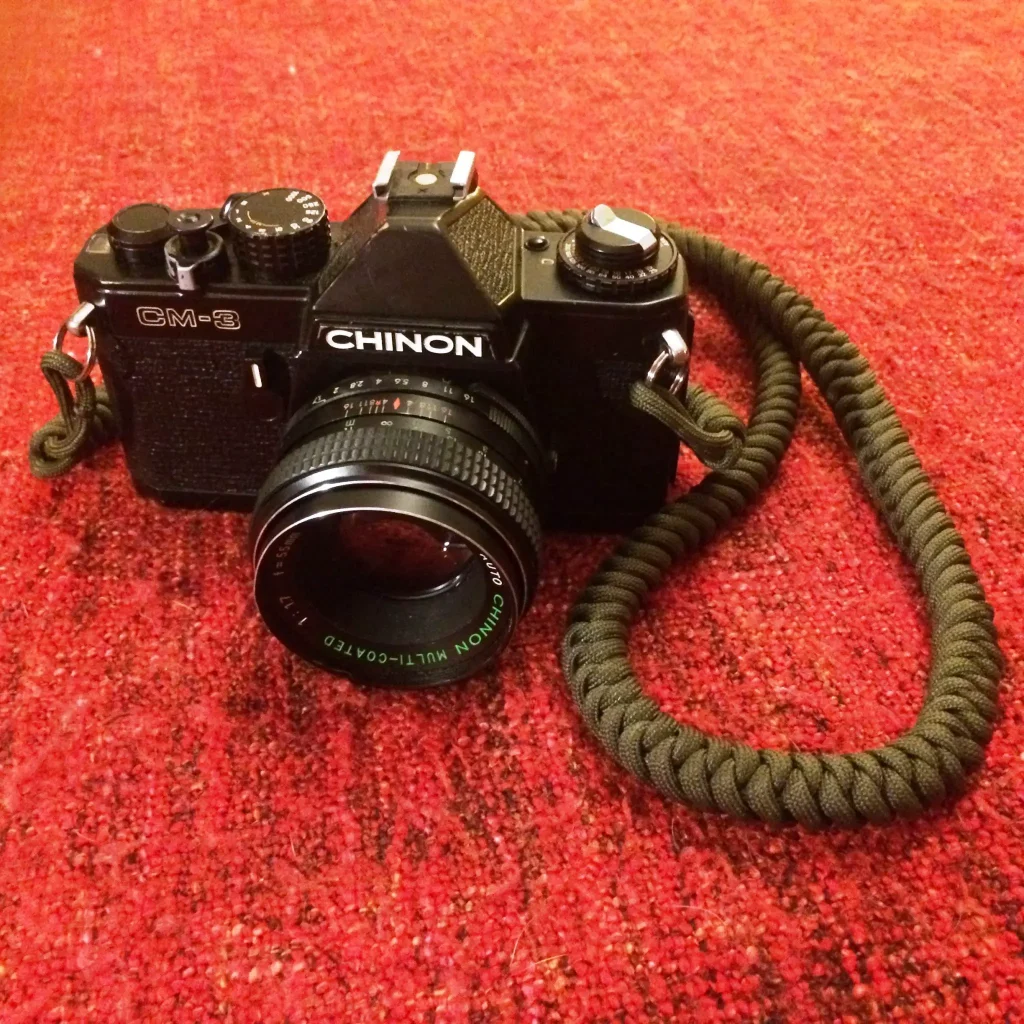
Chinon CM-3 SLR
Not technically a point and shoot but gives me full manual control, makes fantastic pictures and is an M42 thread mount which opens the door to loads of lovely old lenses at great prices. It also has that “lived in” look, as though it’s been on assignment to Beirut or the Himalayas (or maybe I was too many National Geographics in the 1980s!) The strap I wove myself in an afternoon from a roll of old paracord. All of these were shot with the Chinon CM-3, a Chinon 55mm f1.7 M42 lens and Agfa Vista 200:
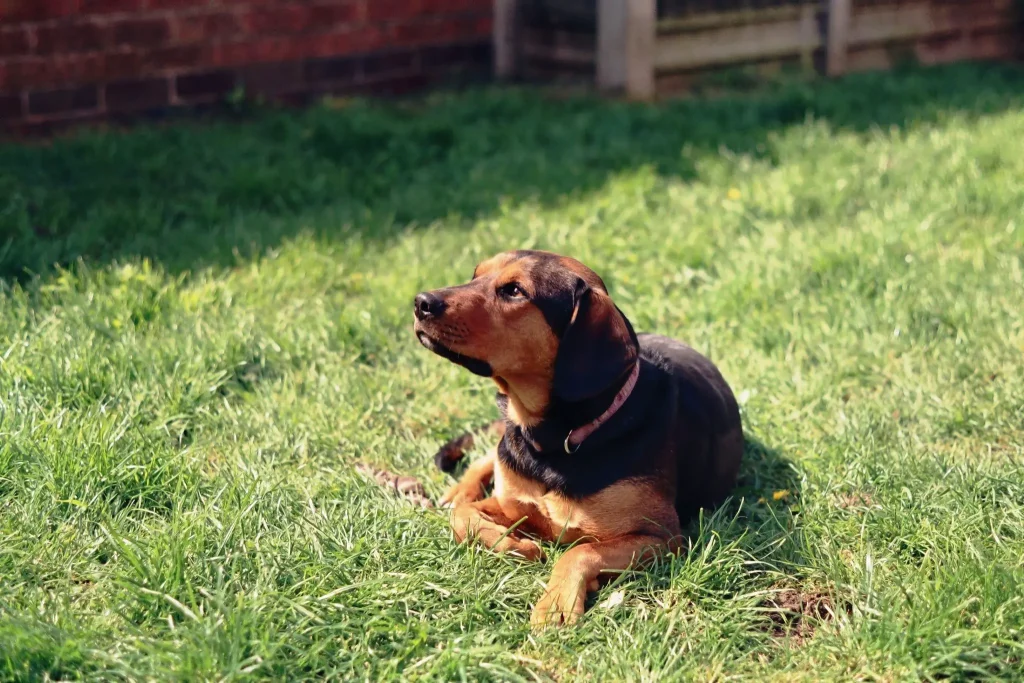
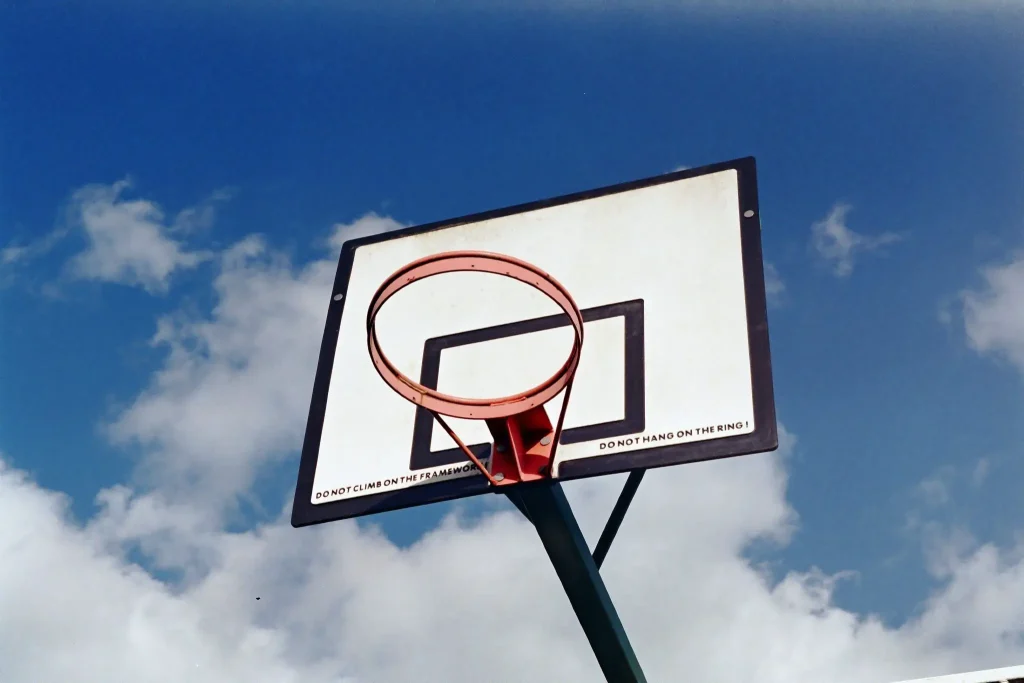
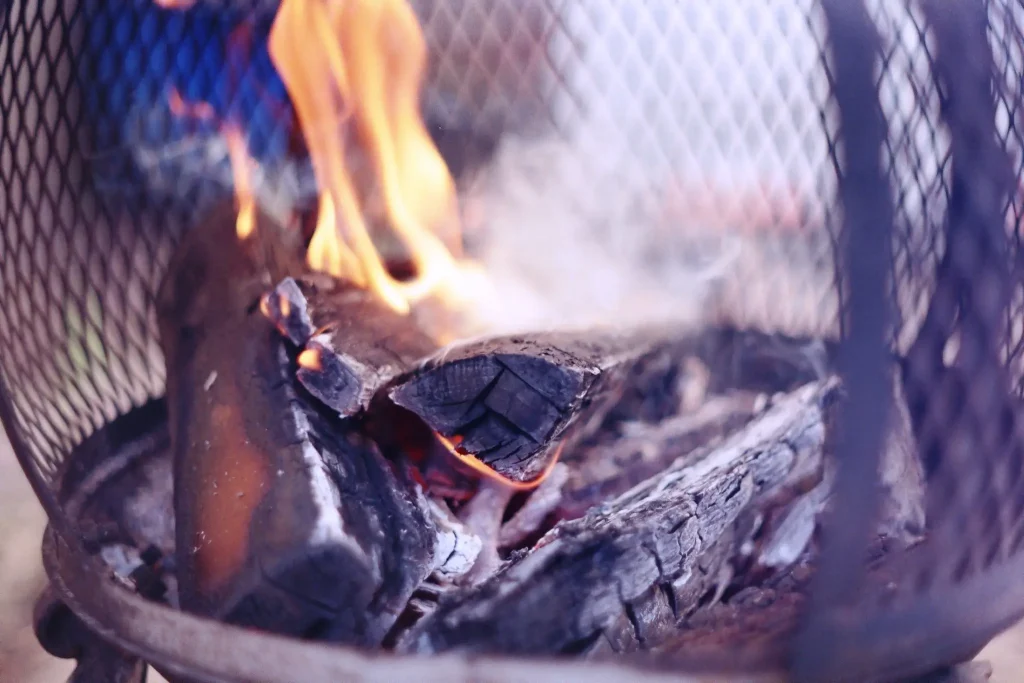
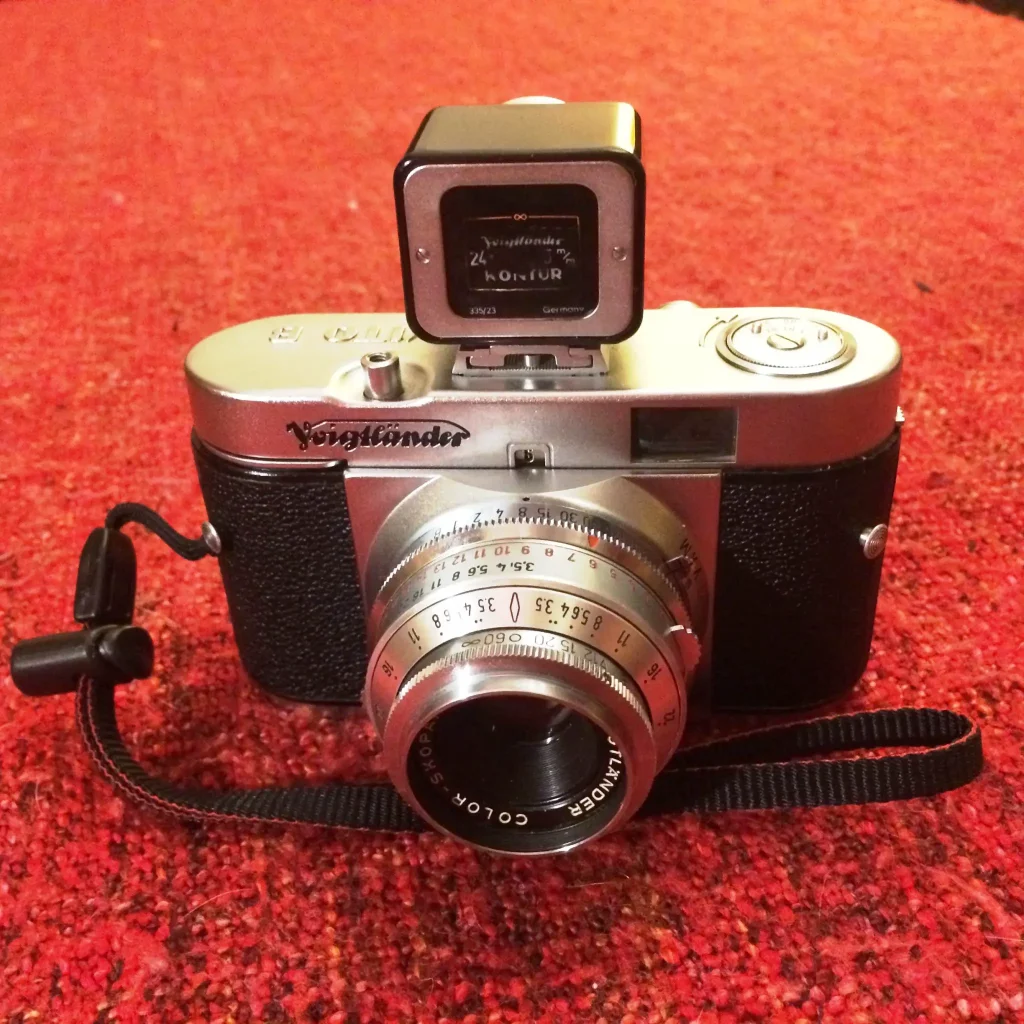
Voigtlander Vito B
Again, fully manual control and scale focus means that I have to be absolutely sure that it’s set correctly before every shot. It’s a superb piece of 50’s technology, needs no batteries, feels great in the hand and looks amazing. The Kontur viewfinder is very cool and should definitely be the topic of a future post. It is so wonderfully retro and mechanical – easily my favourite camera at the moment. These three pictures were taken the Voigtlander and Agfa Vista 200 (first pic) or Fuji Superia 400 (the other two):
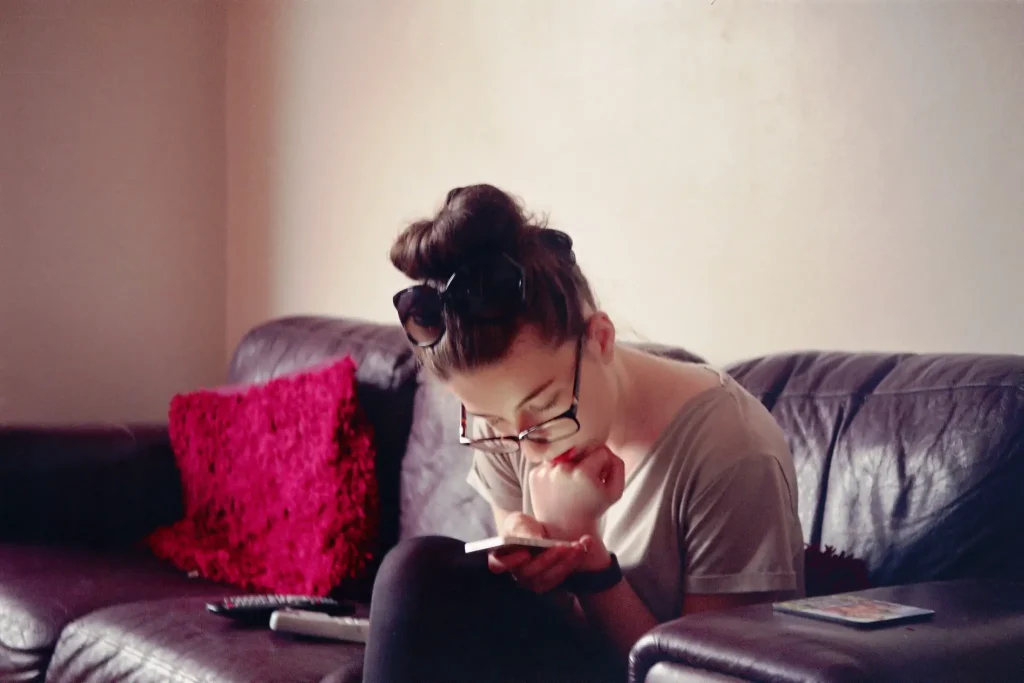
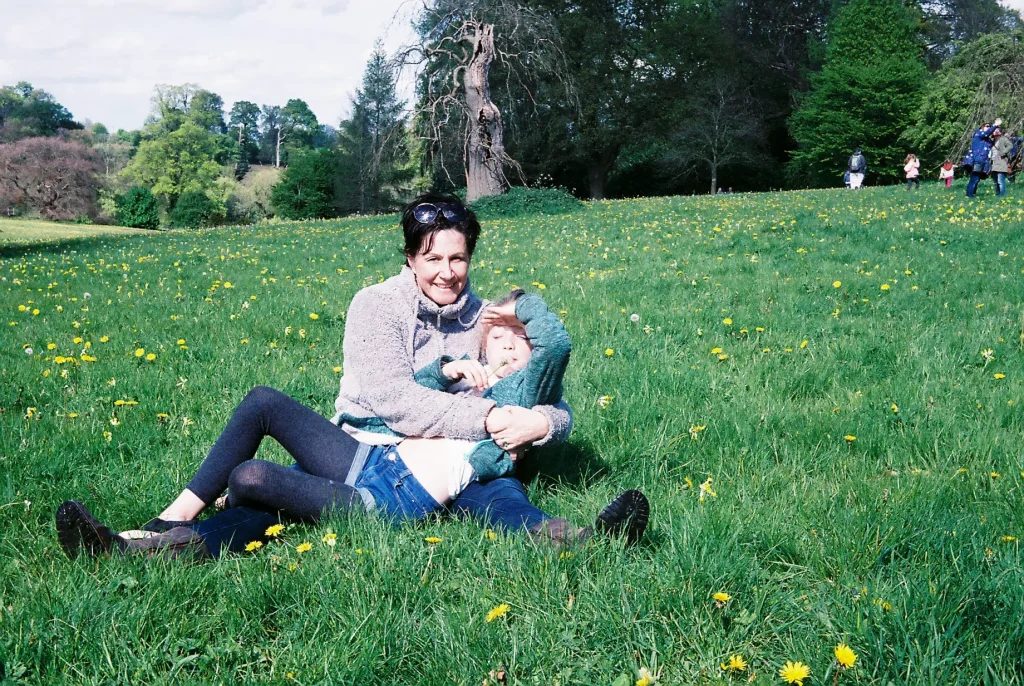
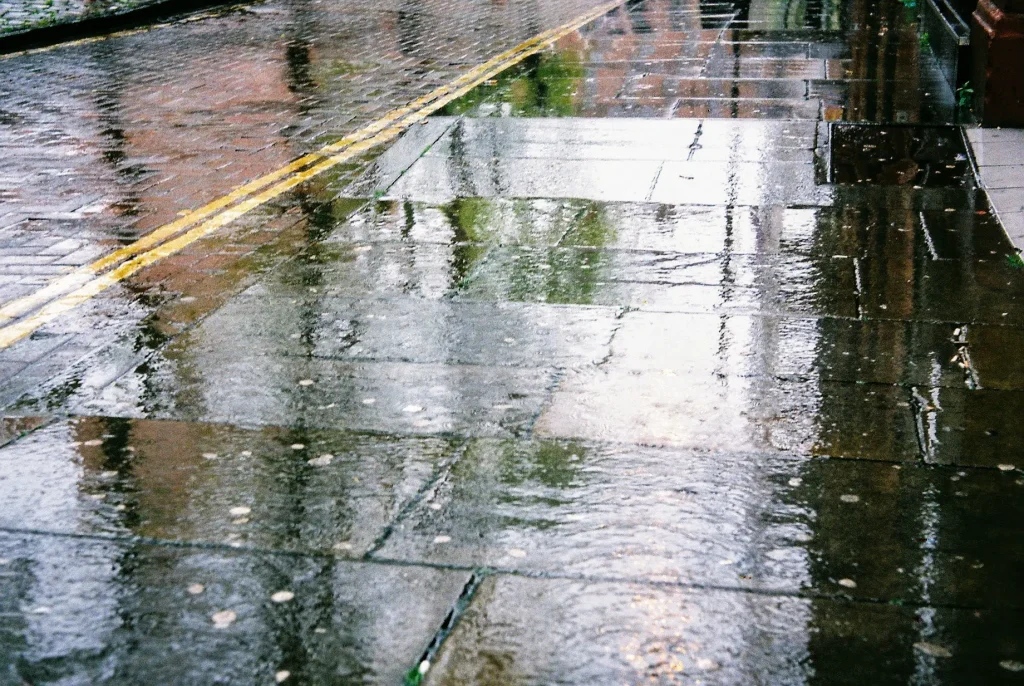
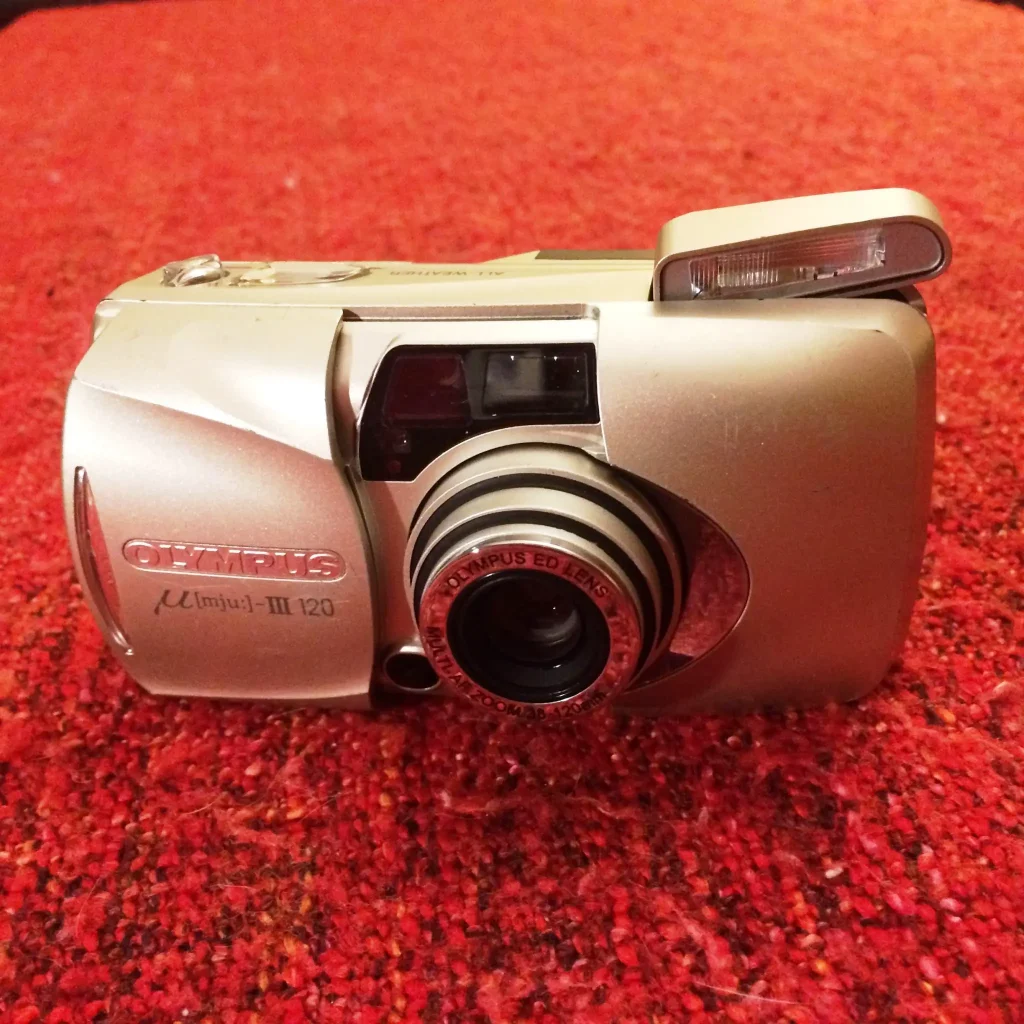
Olympus Mju iii Zoom 120
This one was a little knocked about when I got it (another wifely car boot purchase) but a repair to the eyepiece with an iPhone screen protector and electrician’s tape got it back up and running nicely. It lives in my rucksack and is my everyday “user”. I tend to take one of the other cameras out for a specific reason but this one is always with me. It’s compact, I’m not too precious about it and it also makes great pictures. I shot these with the Olympus and (again) Agfa Vista 200:
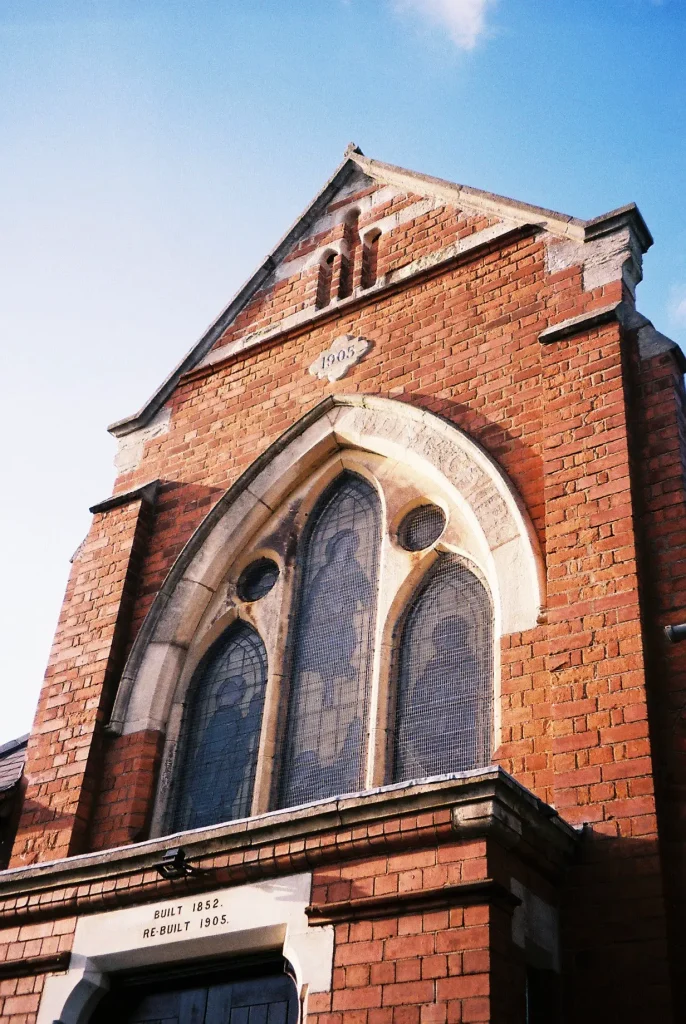
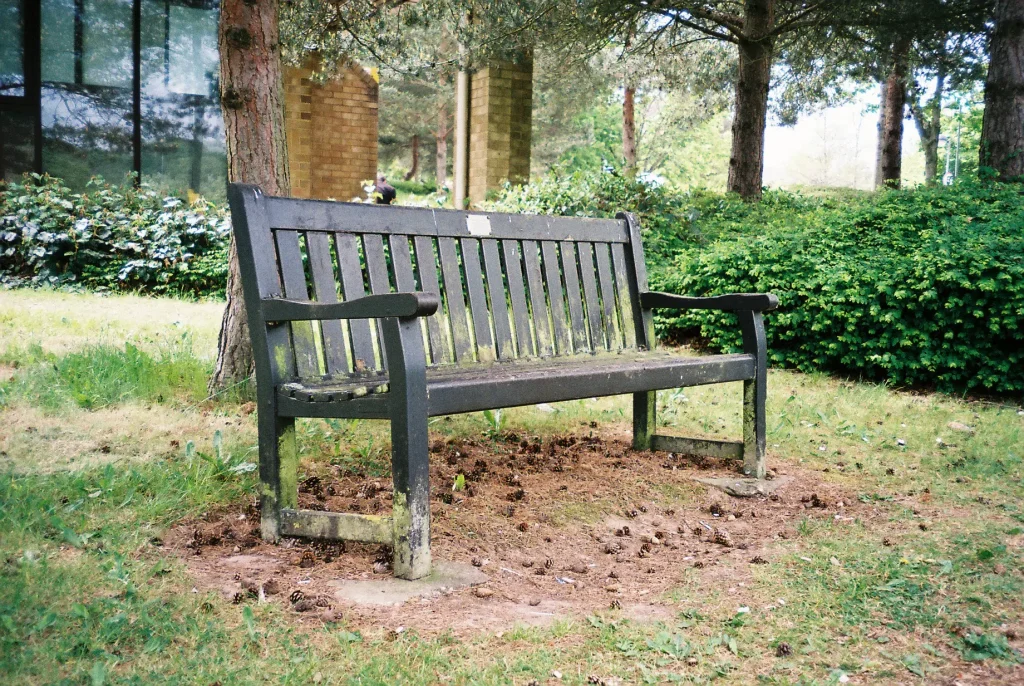
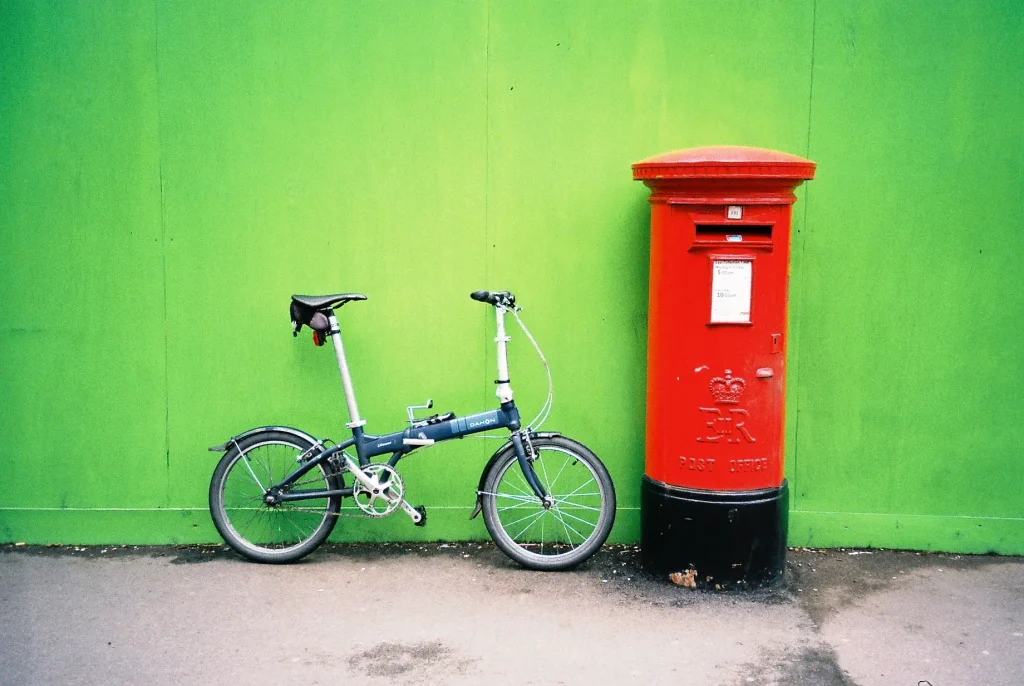
And the collection is still growing. I have another Olympus Mju (Zoom 140 I think) and a really nice Minolta Riva, both of which I keep threatening to put on eBay. But, addiction being what it is, I’ll almost certainly put a roll of film or two through them beforehand.
There are other cameras on my wish list too but, barring any miraculous charity shop finds, this lot will do for now. Given that the total hardware cost is of the order of 30 or 40 quid including postage, I’m going to have to shoot a lot of film before I’ve spent as much as a swanky new digital would cost.
So does this mean that I’ll never take another digital image? Of course not. Have I forsaken my iPhone? No, and to do so would be missing the point.
To me, this isn’t an either/or decision between film and digital. They both have their advantages and disadvantages. But there’s no doubt that shooting analogue has improved my digital photography. Learning how to set up a camera for each shot and having to be so intentional and deliberate about composition are things I would have taken longer to learn with a camera that can store 2000+ images.
Shooting film again has meant getting back to something that I hadn’t realised I’d missed so much. It’s meant breathing new life into old cameras and getting great images from them. But most of all, it’s just damn good fun!
Thanks for reading, you’ll find me hanging out elsewhere online here:
Instagram: @that_richard_bloke
Flickr: that_richard_bloke
Twitter: @rjwilliams162
Share this post:
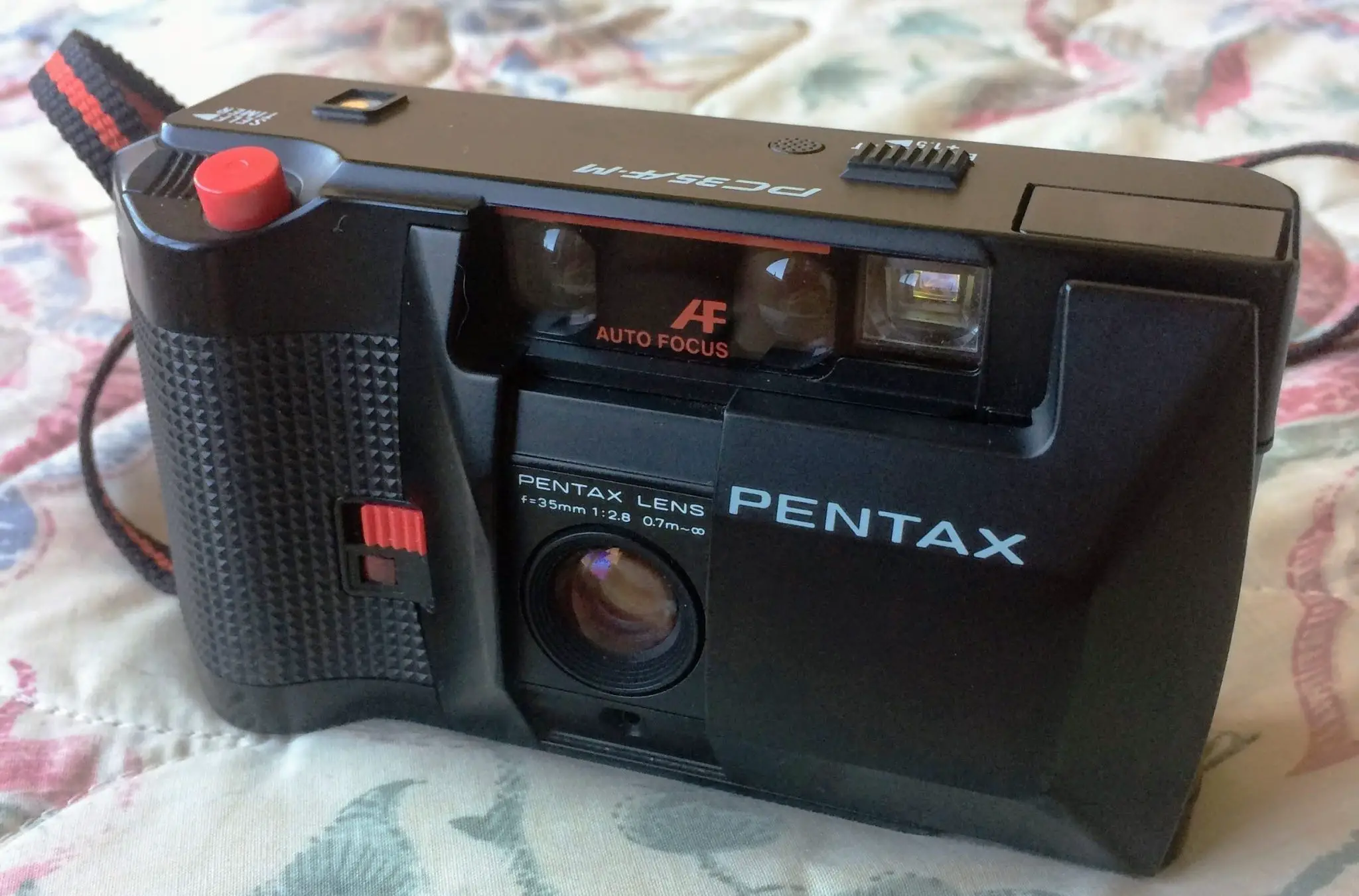








Comments
MIKE HINKLEMAN on Film Photography; a to road rediscovery – Guest post by Richard Williams
Comment posted: 23/07/2017
Photography has morphed into imaging. They were always images I guess in the photo albums that were brought out after dinner or on Sunday afternoon. My mother would preface every description of her photos with "...that was when we were..." When. In the past. But I think the tactile quality of the matte or glossy prints taped to the pages made them more real than sharing smartphone images. For some reason my Mom would run her fingert over them and didn't mind other people touching them.
Every image is a time capsule. They are not really of 'now' despite what the Snapchat/Instagram founders might have imagined as I have but of 'then' ...well almost 'now' if one could relay them instantly but we cannot.
I find my favs on Flickr are images that are not timeless (think of an image of Mt. Ranier on any day - impossible to know what year) but for which time is irrelevant. We want time in it but not so much to force us to put it into temporal context.
Of the images you show I prefer the one of the rainy street. Your family photos are time capsules like my Mom's that we all now seem to record daily or hourly.
The real trick is to create an image with people not objects alone for which time is not important.
I might add one comment on imaging equipnent and believe me I have hundreds of cameras and not ashamed of it. A few months ago I bought a pair of Olympus EE half frame cameras. I love this camera and the way portraits are taken with the camera in a horizontal hold. I also like the grain of the smaller frames with tri-x pushed to 800 .
And so simple, nothing to think about but what the image will be. I believe Winogrand said he liked to photograph stuff to see what it looked like photographed. Olympus Pen EE perfect.
Comment posted: 23/07/2017
Dexter on Film Photography; a to road rediscovery – Guest post by Richard Williams
Comment posted: 24/07/2017
Comment posted: 24/07/2017
Tobias Eriksson on Film Photography; a to road rediscovery – Guest post by Richard Williams
Comment posted: 24/07/2017
We share the budget restraints, you and I, making us follow paths in photography that cheaper but able cameras take us. I've made great pictures with the Chinon CM-4 (with K-mount, though) and i love the soft 'clunk' of the mirror. I know what you mean when you describe your process of taking pictures with the Vito B. Not knowing but trusting your estimate based on parameters mastered through passion, for making the picture you like.
Well, that's analog photography.
Comment posted: 24/07/2017
i love analog photography on Film Photography; a to road rediscovery – Guest post by Richard Williams
Comment posted: 26/07/2017
Jens Knappe on Film Photography; a to road rediscovery – Guest post by Richard Williams
Comment posted: 17/02/2022
(i'm shooting film since 1989 and i never regretted it)